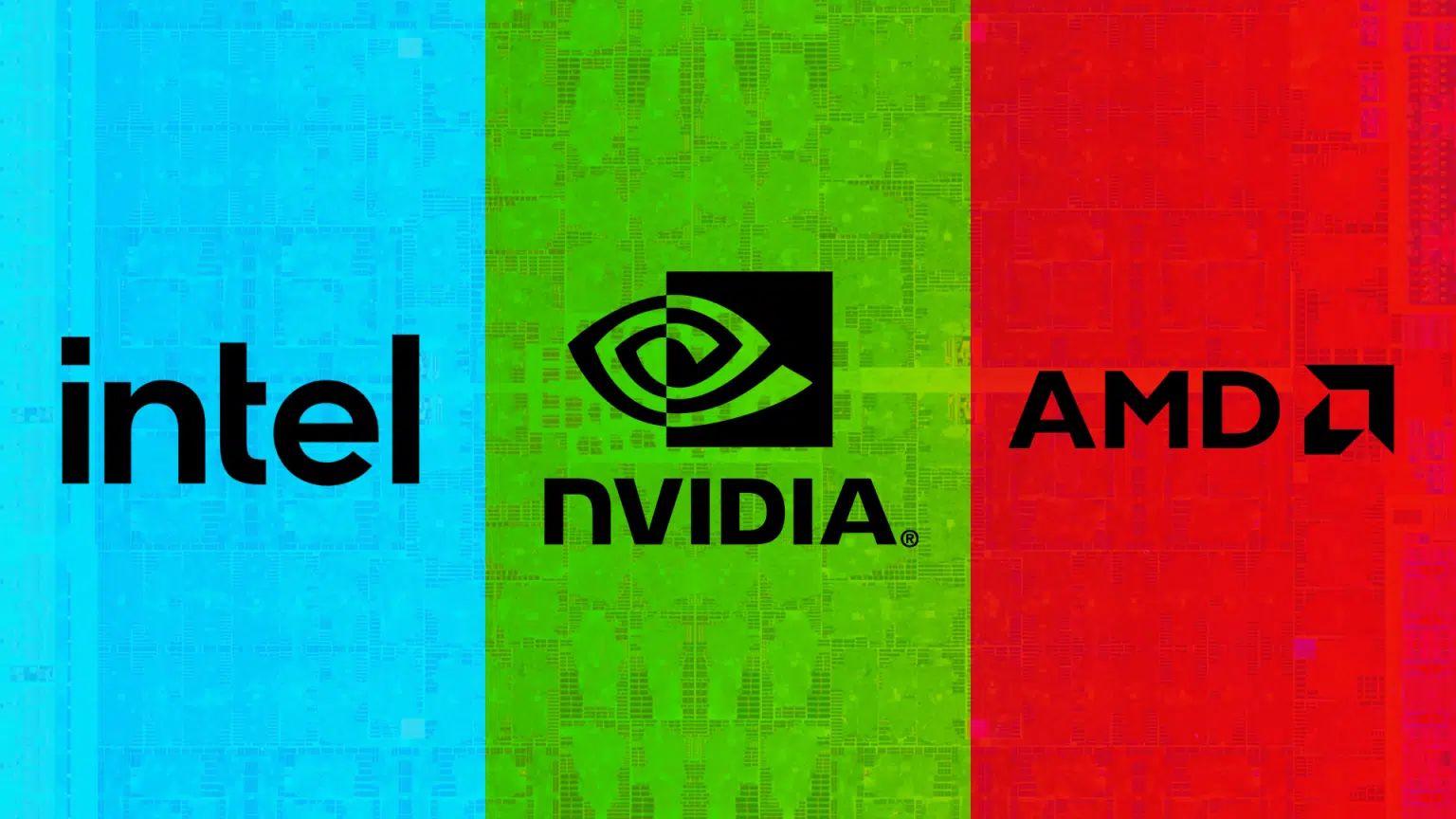NVIDIA Dominates GPU Market with 94% Share; AMD and Intel Struggle to Compete
NVIDIA Dominates GPU Market with 94% Share; AMD and Intel Struggle to Compete

The graphics card market continues to be overwhelmingly dominated by NVIDIA, and the trend has only strengthened in 2025. According to research from Jon Peddie Research (JPR), GPU shipments surged by a remarkable 27% in Q2 2025, reaching 11.6 million units—a surprising jump for a period typically slow due to lack of major holidays and gaming season lulls. This spike is largely attributed to accelerated shipments ahead of U.S. mutual tariffs imposed during the Trump administration.
NVIDIA Expands Its Lead
NVIDIA captured a commanding 94% share of shipments during this period, an increase of 2% from the previous quarter. Despite some mixed reviews and a 10-20% drop in launch prices for recent NVIDIA GPUs, the company posted record operating profits, underscoring its strong market position. The widespread adoption of NVIDIA GPUs in custom-built (BTO) and OEM gaming PCs globally, as well as heavy usage in Chinese internet cafes, further cements its dominant status.
AMD and Intel Lag Behind
In contrast, AMD’s market share slightly decreased by 2%, settling at 6%. Although AMD’s RDNA 4 architecture received high praise and reported its best sales performance ever, it remains a niche player from a shipment perspective, as highlighted by its absence in the August 2025 Steam hardware survey rankings. For AMD to close this gap, increasing GPU adoption in BTO and OEM PCs will be critical.
Intel’s presence remains negligible at 0% market share for the third consecutive quarter. However, the anticipated release of upper mid-range models like the Arc B770 later in 2025 could be pivotal for Intel to gain traction in the discrete GPU market.
Market Outlook: A Shrinking Future?
Despite NVIDIA’s current dominance, JPR forecasts an overall annual decline of about 5.4% in GPU shipments between 2024 and 2028. This shrinkage is largely due to the rise of powerful integrated graphics solutions, such as newer APUs with advanced capabilities replacing entry and mid-range discrete graphics cards.
NVIDIA’s overwhelming market share reflects its continued success in a competitive landscape, but long-term trends suggest the GPU market may face contraction as integrated solutions improve and replace discrete cards at lower tiers.
